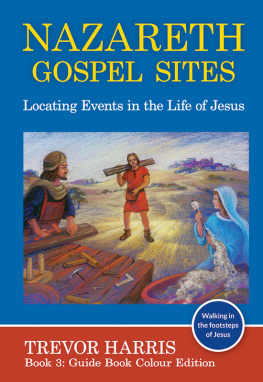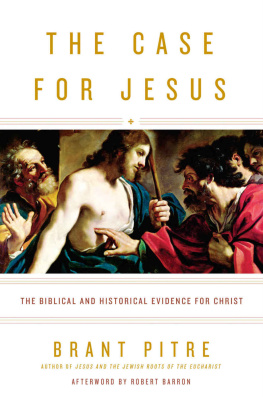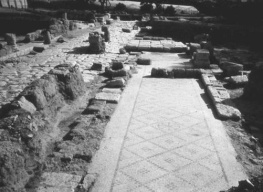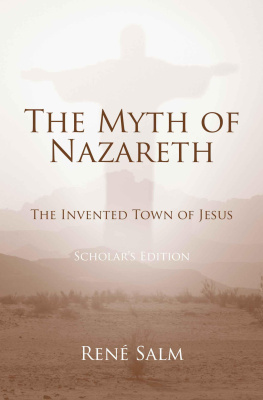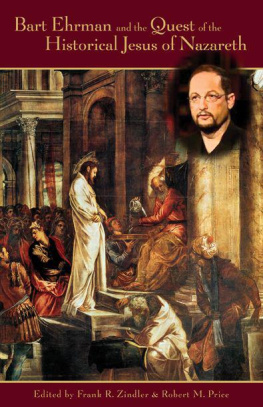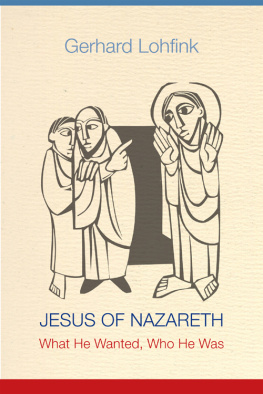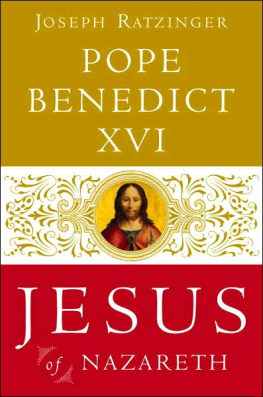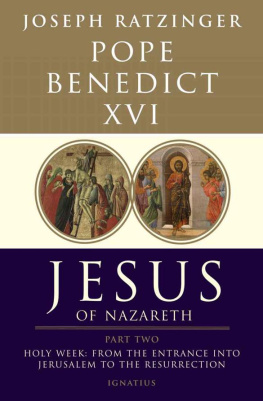NAZARETH
GOSPEL SITES
Locating Events in the Life of Jesus

View to Catholic Church of the Annunciation with conical dome, nestled in the historic village site of Nazareth.
Book 3: Guide Book Colour Edition
TREVOR HARRIS
Key-line Christian Research Pty Ltd

THE NAZARETH SERIES
Nazareth Gospel Sites Locating Events in the Life of Jesus
Book 3: Guide Book Colour Edition
1st Edition
ISBN 978-0-9925506-4-6 (Print Colour soft cover)
National Library of Australia Cataloguing-inPublication entry
Dewey number 232.9
ISBN 978-0-9925506-5-3 (Print B&W soft cover)
ISBN 978-0-9925506-6-0 (ebook)
Copyright 2017
Author Trevor E. Harris
Published by:
Key-line Christian Research Pty Ltd.
P.O. Box 3205. Norwood.
South Australia 5067. Australia.
All rights reserved. No part of this book may be used or reproduced by any means, graphic, electronic, or mechanical, including photocopying, recording, taping or by any information storage retrieval system without the written permission of the publisher except in the case of the brief quotations embodied in critical articles and reviews as permitted under the Copyright Act.
Disclaimer: All coordinates given in this book are nominal Google Earth positions which are not the same as the accurate Gobal Positioning System (GPS). All maps produced are for illustrative purposes only.
Google maps produced under the conditions of Google Maps. Data from Mapa GISrael ORION-ME. Historic base maps are from the Palestine Exploration Fund (PEF) Survey 1880, courtesy of the Israel Antiquities Authority.
Cover and book layout design by Anna Dimasi.
Illustrations by Trevor Harris, Meg Stephens and Andrew Blaney.
Front cover: Artwork by Margaret McEntee entitled The Prophetic Cross-beam.
The New King James Version (NKJV) is used for all Bible quotes unless stated otherwise in the text.
Copyright 1982 by Thomas Nelson, Inc., Nashville TN, USA.
Used within the terms and conditions stated by the publisher.
All other credits are listed in the text.
This books relating of the biblical accounts to the sites of Nazareth that we know today is a welcome contribution. It gives support to the reliability of the Gospel texts.
Ray Pritz Ph.D, former Director, Bible Society in Israel.
Trevor Harris provides challenging material that requires a re-think on the understanding of traditional Nazareth. The historical analysis has good correlation to biblical time frames.
Dr Murray Adamthwaite Ph.D, historian, theologian.
The information in this book will help pastors and teachers to illustrate the Gospel events in Nazareth. The reflections will help those keen to know more about the life of Jesus.
Rev. Frank Eames Th.M, pastor and Bible College lecturer.

Illus. 01 The three language inscriptions on the plaque of Jesus cross. Image source unknown.
Now Pilate wrote a title and put it on the cross.
And the writing was: JESUS OF NAZARETH, THE KING OF THE JEWS. Then many of the Jews read this title, for the place where Jesus was crucified was near the city; and it was written in Hebrew, Greek and Latin.
John 19:1920
The plaque on Jesus cross decreed by Roman Governor Pontius Pilate has aroused debate over the centuries. The first part has raised the question of the size and location of Nazareth described as a city in the gospel accounts. The second is the messianic title that was rejected by many of the Jews. This book explains the mystery of the city of Nazareth and its key sites associated with Jesus life.
And leaving Nazareth, He came and dwelt in Capernaum, which is by the sea in the regions of Zebulun and Naphtali, that it might be fulfilled which was spoken by Isaiah the prophet, saying: The Land of Zebulun and the land of Naphtali, By the way of the sea, beyond the Jordan, Galilee of the Gentiles: The people who sat in darkness have seen a great light, And upon those who sat in the region and shadow of death Light has dawned.
Matthew 4:13-16
When consulting many modern Bible maps the tribal area of Zebulun is shown as a land-locked enclave centred on the Nazareth region. However the biblical references to Zebulun clearly indicate that the tribal boundaries are located near a haven for ships. The tribal emblem of Zebulun is a ship. Both patriarch Jacob and prophet Moses made predictions about this tribe.
Zebulun shall dwell by the haven of the sea, He shall become a haven for ships, and his border shall adjoin Sidon (Jacob in Genesis 49:13).
Rejoice, Zebulun, in your going out for they shall partake of the abundance of the seas and the treasures hidden in the sand (Moses in Deuteronomy 33:18-19).
A careful examination of the boundaries listed in Joshua 19:1016 with the archaeological and topographical evidence can show that Zebulun corresponds to the historical and modern region known as the Lower Galilee. This was certainly the understanding of Jewish historian Josephus who wrote: As for the Galilee which is called Lower, it extends in breadth from Tiberias to Zabulon, and the maritime places, Ptolemais [Akko], is its neighbour (Wars 3.3.1:38). The proposed identification of the boundary sites is given in Illus. 03. Important and relevant in this book is the location of Japhia (Z8).
Reflection: A prophetic region
The Zebulun reference indicates that its tribal areas with that of Naphtali were to be the location of a great light that was to be shone to a people in deep darkness. Matthews Gospel clearly indicates this is the dawning of the Messiahs ministry in the Galilee. It marks the start of a new era of hope and the promise of an answer to the human dilemma of death as a result of sin.
ZEBULUN MAPS

Illus. 02 The tribal map of Israel Base map credit Mark Barry 2008. Text boxes by author
Most modern maps of Zebulun show its location as a small land-locked enclave. This is due to several sites such as Japhia of Zebulun and Hammath of Naphtali being incorrectly nominated.
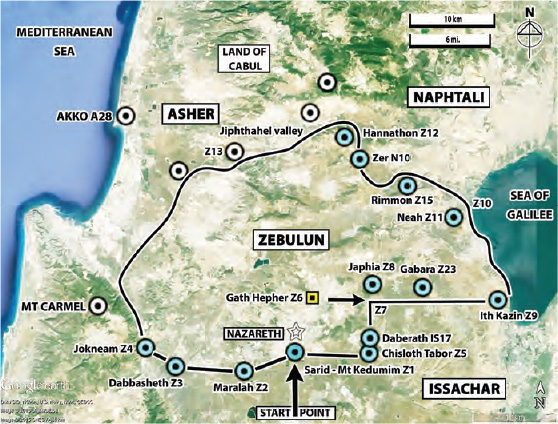
Illus. 03 Zebulun boundary sites based on Josephus and Joshua 19:10-14 explained in Reference Section p. 62. Base Map Google Earth. Image 2016 Digital Globe.
And being warned by God in a dream, he [Joseph] turned aside into the region of the Galilee. And he came and dwelt in a city called Nazareth, that it might be fulfilled which was spoken, He shall be called a Nazarene.
Matthew 2:22-23.
It is very doubtful whether the beautiful mountain village of Nazareth was really the dwelling place of Jesus. No such town as Nazareth is mentioned in the OT, in Josephus, or in the Talmud Was Nazareth originally the name of a town (or village) at all? Encyclopedia Biblica 1899
The Gospels clearly state that Nazareth was a large city with a good-sized population. The current archaeological surveys in the traditional location do not support this. This has resulted in questions, similar to that quoted above, as to its existence and size at the time of Jesus. The mystery of Nazareth is solved when two important sites are identified:

